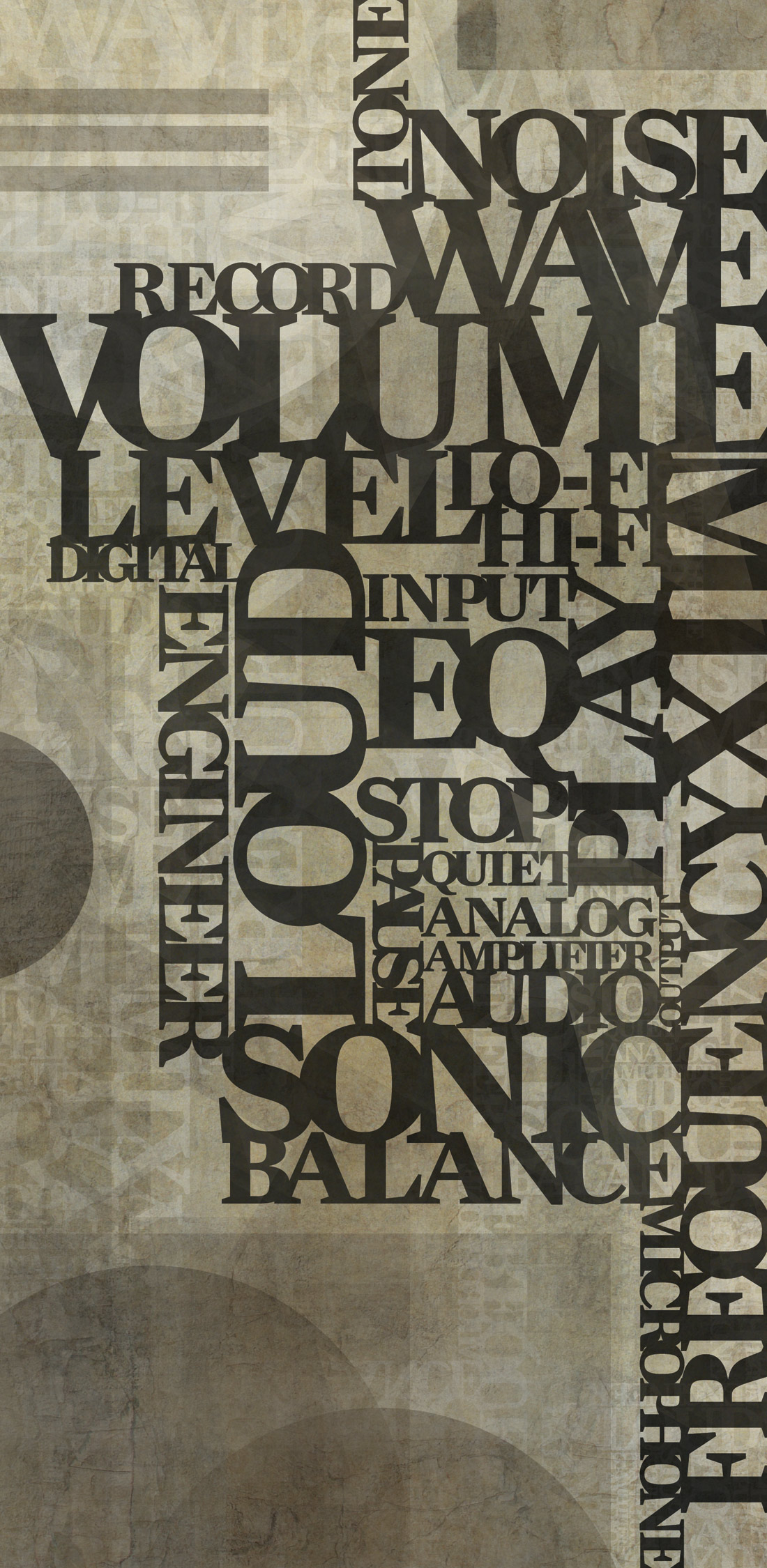No doubt many of you sit on a Herman Miller Aeron (www.hermanmiller.com). In the fifteen years that it's been available, it's become an icon for high-end task- chairs in both the dot-com and production studio worlds. Years ago, I bought a van-load of still-wrapped-in-plastic Aerons at a dot-bomb firesale. I still have four Aerons in my personal studio and home, but I spend way more time sitting on a HAG Capisco (www.hag-global.com). Unlike the stiff-framed Aeron, the uniquely-saddled Capisco allows me to lean forward in my seat without cutting off bloodflow to my lower extremities. Also, the Capisco has a uniquely-shaped backrest with integrated "elbow-rests" that never get in the way. I kept bumping the desk edge with the Aeron's armrests before I finally removed them. When I want to rest my arms while seated in the Capisco, I find myself naturally straightening my back and neck to get my elbows onto the rests-good for my posture and good for my back health. Moreover, the unique shapes of both the saddle and backrest allow me to sit on the Capisco "backward", with my chest against the backrest and my arms supported by the elbow-rests. This alternate seating position is not only comfortable, but it encourages me to stretch out my back and shoulders in a different way-again, good for my health. The Capisco offers lots of adjustability for position and tension, and everyone who's tried mine finds it comfortable. Plus, my pants are lasting a lot longer without the abrasive mesh seat of the Aeron sanding holes in the butts of my pants. ••• If you're a Pro Tools user and you haven't upgraded to Pro Tools 8 (www.digidesign.com), I recommend you do it immediately. PT 8 is by far the most significant upgrade to the venerable DAW to date, and the usability improvements are both vast and deep. Even the UI itself is changed; many longtime users will complain about any change, but I think the upgrade is much easier on the eye and on the mousing hand. I've mentioned before that one of my favorite new features is multilane editing. Digidesign worked with a number of key users and testers (some of whom Tape Op readers know) to create a playlist editing and compositing system that is best in class- providing just enough of an autopilot without eliminating the ability to finely control the edits. Furthermore, playlist coloring and rating features make it easier than ever to collaborate with others. Music creators will like the new score editor, a product of parent company Avid's acquisition of Sibelius, and there are major improvements to the MIDI editor (but to be honest, I find that the MIDI editor doesn't scale well when you have lots of MIDI tracks to simultaneously view and edit). Elastic Audio, which was introduced in PT 7.4 (Tape Op #63), now offers high-quality pitch-shifting in PT 8 (without any automatic tuning facilities). Track counts have gone up, with LE and M-Powered versions starting at 48 mono or stereo tracks (96 voices total) before Toolkit add-ons, and QuickPunch count now starts at 24 tracks. Unfortunately, I/O is still artificially limited to 18 channels with LE and M-P (which is why I still keep a special version of PT 7.3 installed that handles all 34 channels of my M-Audio ProFire Lightbridge (Tape Op #57). And because of limitations in the Digidesign Audio Engine, LE and M-P versions still aren't capable of native delay-compensation or host-based low-latency monitoring. Regardless, substantial gains everywhere else make the upgrade to PT 8 a no-brainer.

